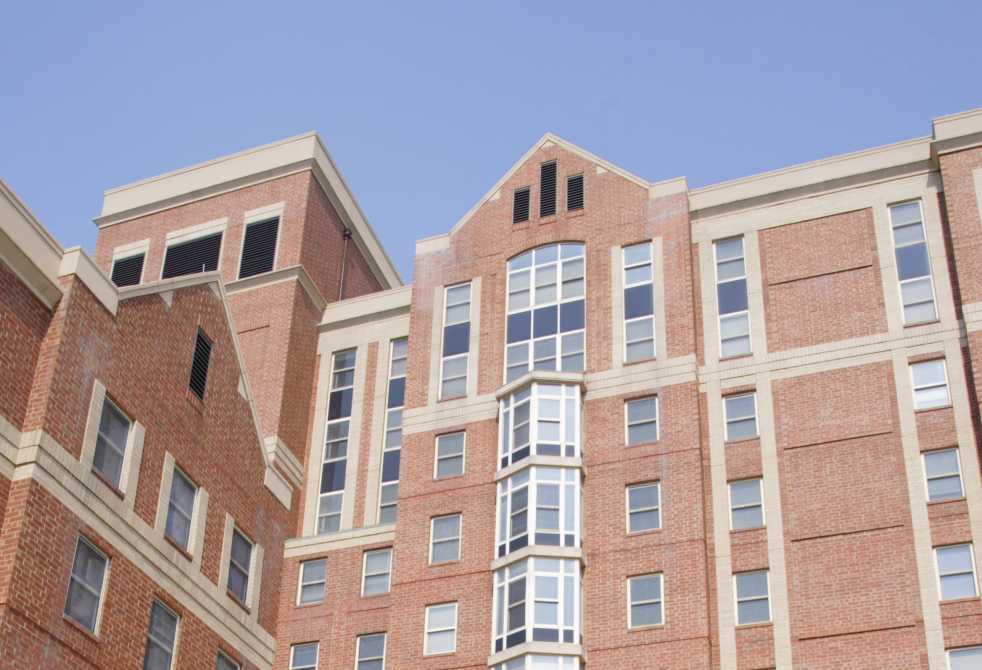Many students are still upset about problems with GT Housing, including a raise in housing prices and disappointment in the housing selection process.
“Housing prices have increased… from last year, but that means that everybody’s rents goes up, not just one class’s. Increases are based on predictions for utilities, renovations, repairs etc,” said Dan Morrison, Director of Residence Life.
The department gauges how much to increase the amount based upon several factors.
“We use an index based [upon] the rates of inflations. It’s sort of like the Gross National Index for industries. It uses the tax base, weather predictions and future growth projections. We compare our prices to rents in Midtown and at peer institutions,” Morrison said.
The annual increase of rates is essential for the Department of Housing, if any renovations or improvements are to be made in the housing at Tech.
“Housing is part of Auxiliary services, so we get no money from tuition, the state of Georgia or taxes. All of housing, Housing pays for,” Morrison said.
The rates also aid in the department’s efforts to pay off previous projects.
“We have to pay off our debt. When we build something new, we get bonds, which are sort of like a mortgage. All of the Olympic housing was built with bond money and because the Olympics didn’t give any money, we went more into debt,” Morrison said.
Housing has specific criteria for which items are paid off in what order.
“Mortgage is the first thing to get paid for from rent, then things like salaries, operations, big enterprises… it all adds up to about $65 million a year,” Morrison said
A certain percentage of that money goes into the continual renovations and updates to aging housing.
“Right now, we are renovating Towers and Glenn, as well as constructing a building between what will be called the East Campus Commons. It will be built while we renovate Towers. After Glenn, we will begin to renovate almost all of east campus housing,” Morrison said.
Last year, the closing of Towers for renovations led to a campus wide housing shortage, in which rising fifth- and sixth-years were asked to find off-campus housing or go into a delayed housing selection process.
“We had approximately 450 fewer fifth- and sixth-years stay with us, so our emails, warnings and advertisements did what we want[ed],” Morrison said.
After some rearranging, those students that chose to stay all managed to get housing.
“If they stayed with us, then there was room to put them right in [the room selection process]…It was very gracious of [them], and we hope they are where they wanted to be,” Morrison said.
Because of room shortages, almost 300 undergraduates were placed in the GLC, which was previously for graduate students. Many students, especially sophomores, were upset at their housing assignments.
“I was disappointed in being placed in the GLC, mostly because of the location… but also because I chose six locations on west campus,” said Sean Csukas, a second-year EE major.
“The only thing that comes to [the GLC] is the Green Route, and it basically takes forever. By the time [the bus arrives] I could’ve walked there,” said Alex Hubbard, a second-year BME major.
The GLC was the last-resort method for Housing, necessary to accommodate a larger than normal sophomore class.
“Now we are more about shifting than we are about saying no. Most second years got apartments, somewhere around 72-73 percent. That’s been the norm for a while,” Morrison said.
This year, the freshman class is much smaller, so no students are living in converted lounges like last year.
“Admissions was spot on, which is shown by how we were able to close a room as big as Towers. The freshman class is right where we were told it would be. About 400 for summer, 2200 for fall, which rounds out to about 2650 students,” Morrison said.
Because of ongoing renovations, a larger-than-normal sophomore class and substantial housing debt, students can expect these trends to continue over the next few years.
